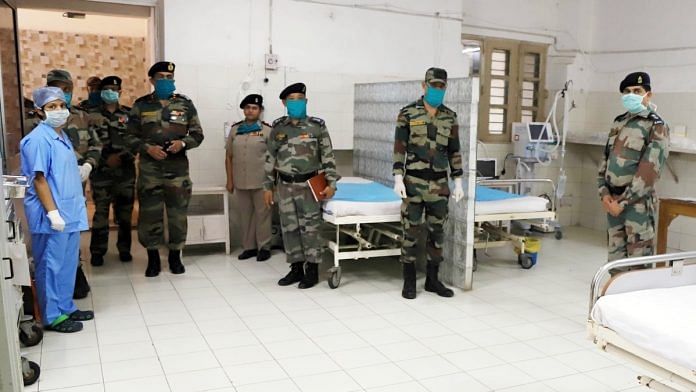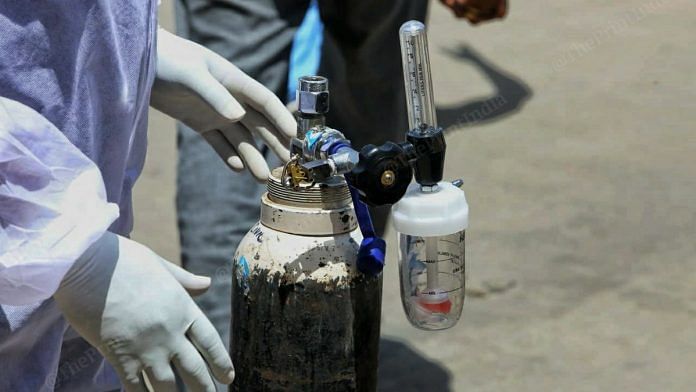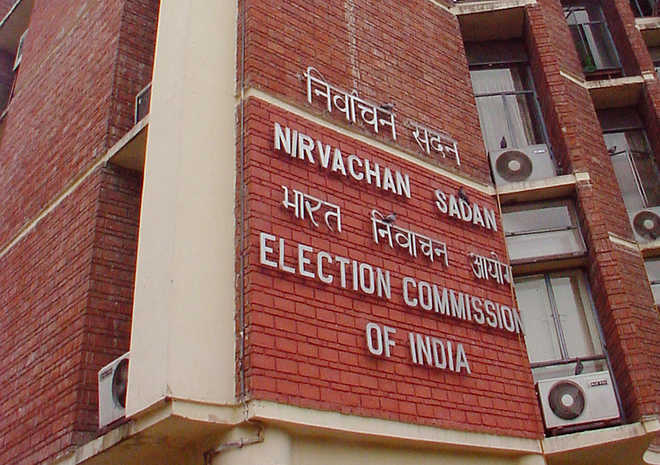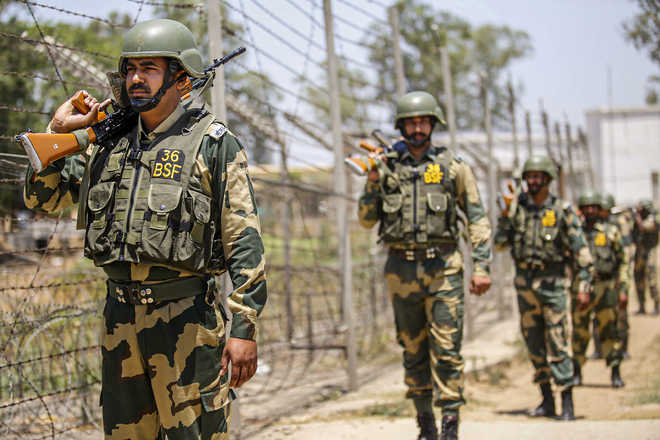
ribune News Service
New Delhi, May 4
In a good news for the national capital, reeling under a ‘medical oxygen crisis’, the first lot of oxygen plants to be provided by the Defence Research and Development Organisation (DRDO) has arrived and these will be installed over the next two-three days.
2 oxygen units reach Delhi
- Two of the five oxygen plants to be provided by the Defence Research and Development Organisation arrived in Delhi on Tuesday
- These will be installed over the next two-three days
These are part of the 500 oxygen plants ordered for the country under the PM Cares Fund to tackle the surge in Covid-19 cases. The National Capital Region will get five plants this week at the AIIMS Trauma Centre, Dr Ram Manohar Lohia Hospital (RML), Safdarjung Hospital, Lady Hardinge Medical College and one at AIIMS, Jhajjar, Haryana. Each of these plants are designed for a flow rate of 1,000 litres per minute. The system can cater to 190 patients at a flow rate of 5 LPM and charge 195 cylinders per day. The technology has been developed by DRDO based on the on-board oxygen generation system of the fighter jet, Tejas.
Two of these plants reached Delhi on Tuesday and are being installed at AIIMS and RML. These have been supplied by Trident Pneumatics, Coimbatore which is the technology partner of DRDO and has been given an order to make 48 such plants. An order of 332 plants have been placed with Tata Advanced Systems Limited and the delivery will start from mid-May.
Meanwhile, the IAF today landed additional oxygen cylinders. To date, the IAF had brought in 54 cryogenic containers and 900 oxygen cylinders from outside India — Singapore, Dubai, Bangkok, Frankfurt and UK. Within India, the IAF has transported 180 empty cryogenic oxygen containers, apart from other relief material like oxygen cylinders, oxygen plant equipment, essential medicines and hospital equipment.







































































